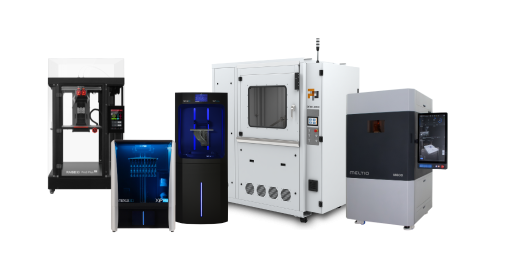3D printers
High quality 3D printers

In 3D printing, post-processing is mostly used to improve the appearance and/or functional properties of the objects created. Most 3D printed parts require post-processing at various stages before they can be used. By cleaning powder residue, heat treating the parts, cutting and machining. The finishing process must be matched to the print media, the printing process, and the part geometry, and it is occasionally possible to finish a part using many alternative processes. The different types of post-processing are:
As the name implies, part cleaning includes all procedures.
Making our part clean, such as desoldering, removing carriers, rinsing, brushing, blowing, etc..
Whether it is powder or resin, the goal is to remove all excess material. The time required for this phase depends on the printing process used.
This involves raising the temperature of a part to improve its mechanical properties. These include, for example, heat resistance, traction, UV protection, or strength and thermal stability. This phase primarily relates to polymer parts; curing equipment for resin processes, for example, is manufactured specifically for use with a particular printer, as is the case with Nexa3D® solutions. In the case of powder bonding or indirect 3D printing processes with metal, a debinding and then a sintering phase must be carried out in a special oven.
All techniques used to improve appearance are part of surface finishing, including smoothing, grinding, polishing, sandblasting, infiltrating and milling. Today, the surface of a part can be altered by a variety of methods, either adding or removing material. Grinding, for example, can smooth surface irregularities, while spraying adds a layer of substance to increase gloss.

Dyeing and painting are two processes commonly used today, and the choice depends mainly on the printing material used. For example, coloring is more popular with powder-based processes such as the AM Efficiency CCP-2 and CCP-10, which use colored abrasives.
While painting is more popular for parts produced with FDM/FFF processes.
Our team of experts will be happy to support you with your project. Our specialists can not only support you in selecting the right 3D printing technology, but also take over the selection and implementation of the post-processing.
Our application team can advise you on the selection and validation of post-processing steps. Among other things, we can provide cost and time calculations as well as sample parts. In our showroom we have the possibility to validate the whole project together with you!
